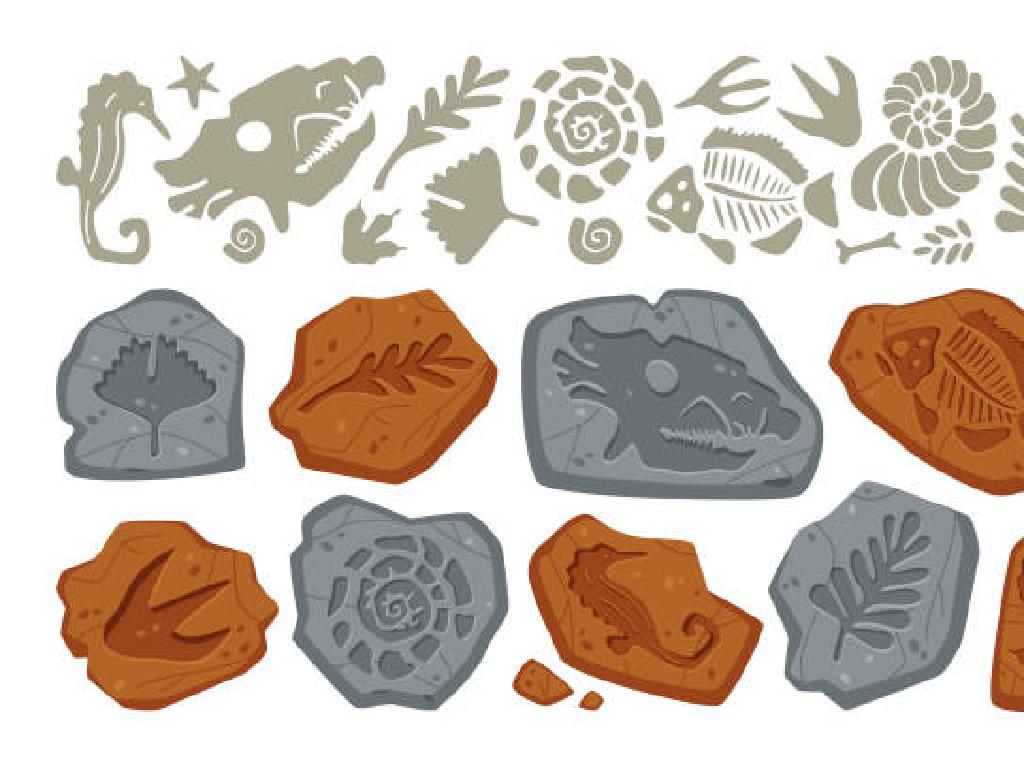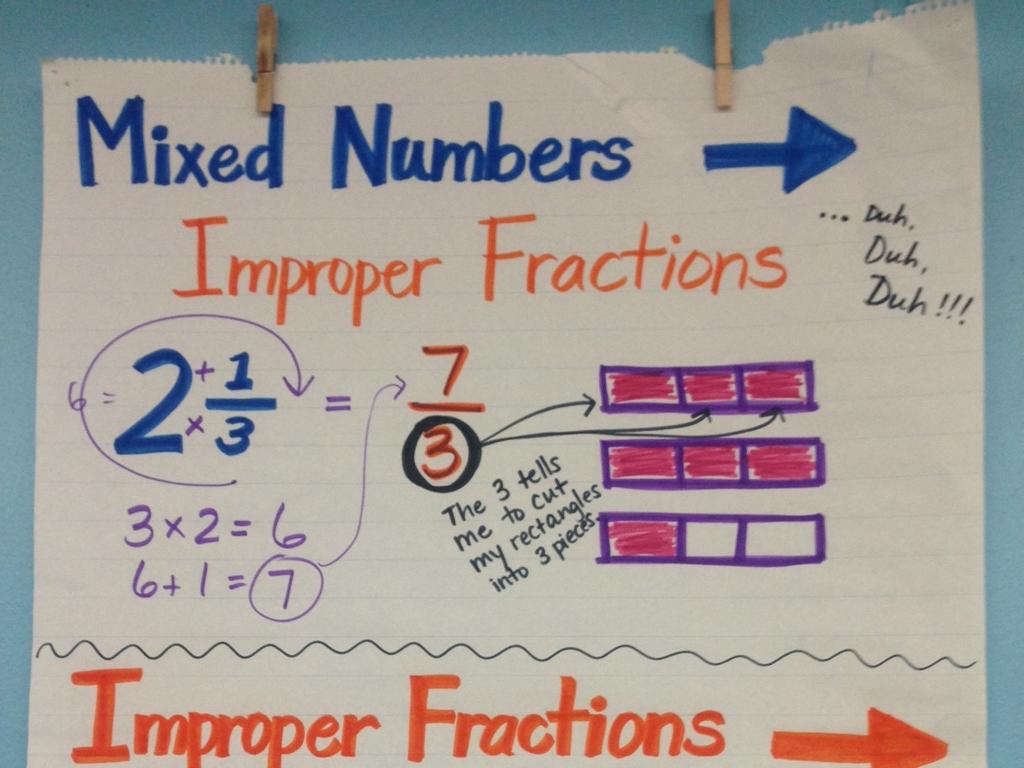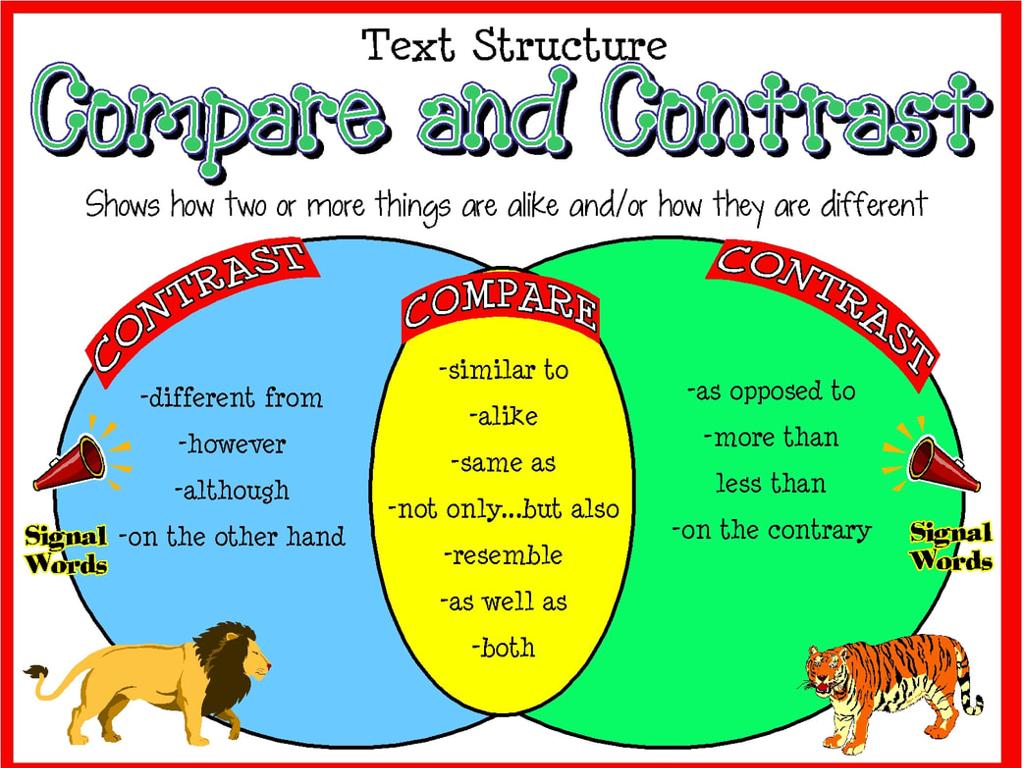Estimate Sums
Subject: Math
Grade: Fourth grade
Topic: Addition
Please LOG IN to download the presentation. Access is available to registered users only.
View More Content
Introduction to Estimation
– What is estimation?
– Estimation is finding a number close to the exact amount.
– The usefulness of estimating
– It helps us quickly solve problems without needing exact numbers.
– Grasping ‘close enough’
– ‘Close enough’ means being approximate, not exact, but within a reasonable range.
– Estimation in daily life
– Like guessing the number of apples in a basket or calculating time for a trip.
|
This slide introduces the concept of estimation, which is a fundamental skill in mathematics and daily life. Estimation allows students to make reasonable guesses about quantities without needing the precise number. It’s particularly useful when exact values are not required, or when quick decisions are needed. Understanding ‘close enough’ helps students to accept that some problems do not need exact answers and that an approximate answer is sufficient. Relate the concept to real-life scenarios where they might already be using estimation, such as guessing game scores or the amount of candy in a jar, to make the concept more relatable and understandable.
Estimation vs. Exact Answers in Addition
– Understanding estimation
– Estimation is finding a number close to the exact answer.
– Exact answers: What are they?
– Exact answers are precise and calculated without rounding.
– When to use estimation
– Use estimation for quick calculations or when an approximate number is enough.
– Estimation in daily life
– Examples: Shopping, cooking, or planning time.
|
This slide aims to explain the concept of estimation in contrast to finding exact answers, particularly in addition. Estimation is a valuable skill that allows students to quickly find an answer that is close enough to the exact number, which can be useful in many real-life situations. It’s important to highlight that while exact answers are precise, estimation can save time and is practical in scenarios where perfection is not necessary, such as when making a shopping list or measuring ingredients for a recipe. Encourage students to think of times when they have used estimation in their daily lives and discuss the benefits of this skill.
Rounding Numbers: Estimating Sums
– Review rounding to nearest ten
– Round up or down based on the digit
– Review rounding to nearest hundred
– Round numbers like 150, 260 to hundreds
– Class practice on rounding
– Use whiteboard for interactive learning
– Importance of rounding in estimation
|
Begin the lesson by reviewing the concept of rounding numbers to the nearest ten and hundred, which is crucial for estimating sums accurately. Use examples like rounding 24 to 30 (nearest ten) or 250 to 300 (nearest hundred). Engage the class with interactive rounding practice, writing numbers on the whiteboard and having students round them as a group. Emphasize the importance of rounding as a foundational skill for estimation in everyday math problems, such as making quick calculations when shopping or budgeting. Provide a variety of practice problems to ensure all students grasp the concept.
Estimating Sums in Addition
– Learn to estimate sums
– Estimation helps you find a number close to the exact answer.
– Use rounding for estimates
– Round numbers to the nearest ten or hundred to estimate quickly.
– Practice with examples
– Try estimating 453 + 289 by rounding to the nearest hundred.
– Why estimation is useful
– Estimation saves time and helps check if an answer is reasonable.
|
This slide introduces the concept of estimation in addition, which is a valuable skill for making quick and reasonable calculations without needing the exact sum. Start by explaining that estimation is finding a number that is close enough to the exact answer for practical purposes. Teach the students how to round numbers to the nearest ten or hundred as a method to estimate sums efficiently. Provide examples for the students to practice, such as rounding 453 to 450 and 289 to 290, then adding them to estimate the sum. Emphasize the importance of estimation in everyday situations, such as when shopping and needing to keep a rough total of costs. Encourage students to use estimation to check the reasonableness of their answers after performing exact calculations.
Estimating Sums in Addition
– Estimate sum of two-digit numbers
– Round each number to the nearest ten, then add
– Estimate sum of three-digit numbers
– Round to the nearest hundred, then add
– Group practice with examples
– Work together to apply estimation skills
|
This slide introduces students to the concept of estimating sums, a crucial skill for quick mental math and checking the reasonableness of answers. Start with two-digit numbers, guiding students to round to the nearest ten before adding. For three-digit numbers, teach them to round to the nearest hundred. After explaining, engage the class in group practice with provided examples to reinforce the concept. Encourage students to explain their rounding choices and how it affects the estimated sum. This activity will help solidify their understanding of estimation and prepare them for more complex arithmetic.
When to Use Estimation
– Estimation in daily life
– Guessing the total cost while shopping or time for travel
– Knowing when to estimate
– When exact numbers aren’t necessary, like in a recipe
– Estimate vs. exact sum
– Comparing when you need an exact number and when a rough number will do
– Practice estimation skills
|
This slide aims to teach students about the practicality of estimation in everyday situations. Discuss examples like estimating the total cost at a grocery store or the time it might take to get to school. Explain that estimation is particularly useful when an exact number isn’t needed, such as when making a recipe and you need ‘about a cup’ of an ingredient. Highlight the difference between situations that require exact sums, like in banking, versus those where an estimate is sufficient. Encourage students to think of times they have used estimation or might use it in the future. To reinforce the concept, engage the class in activities where they practice estimating sums in real-life scenarios.
Class Activity: Estimation Station
– Visit ‘Estimation Stations’ in class
– Engage with unique estimation challenges
– Practice estimating sums
– Use rounding to nearest ten for quick estimates
– Compare estimates to actual sums
– How close was your guess to the real number?
|
Set up various ‘Estimation Stations’ around the classroom, each with a different set of addition problems that require estimation. Encourage students to use rounding to the nearest ten to estimate the sums before calculating the actual sums. This activity will help them understand the concept of estimation and its practicality in everyday situations. After completing the challenges, students should compare their estimated sums with the actual sums to see how close they were. Possible activities include estimating the cost of groceries, the total number of marbles in a jar, or the combined length of objects. This hands-on experience reinforces the estimation skills and provides a fun learning environment.
Estimate Sums: Review & Reflection
– Recap today’s key points
– Discuss estimation learning
– How estimation helps in daily life and math problems.
– Share Estimation Station activity
– Talk about the fun and challenges faced during the activity.
– Reflect on estimation skills
|
This slide aims to consolidate the day’s learning on estimating sums. Begin by summarizing the key points covered in the lesson, ensuring that students can articulate the concept of estimation and its usefulness. Engage the class in a discussion about how estimation can be applied in real-life scenarios and in solving math problems. Invite students to share their experiences from the Estimation Station activity, focusing on what they enjoyed and what they found challenging. Encourage them to reflect on how their estimation skills have improved and how they can continue to apply these skills in the future. This reflection will help reinforce their understanding and recall of the topic.





